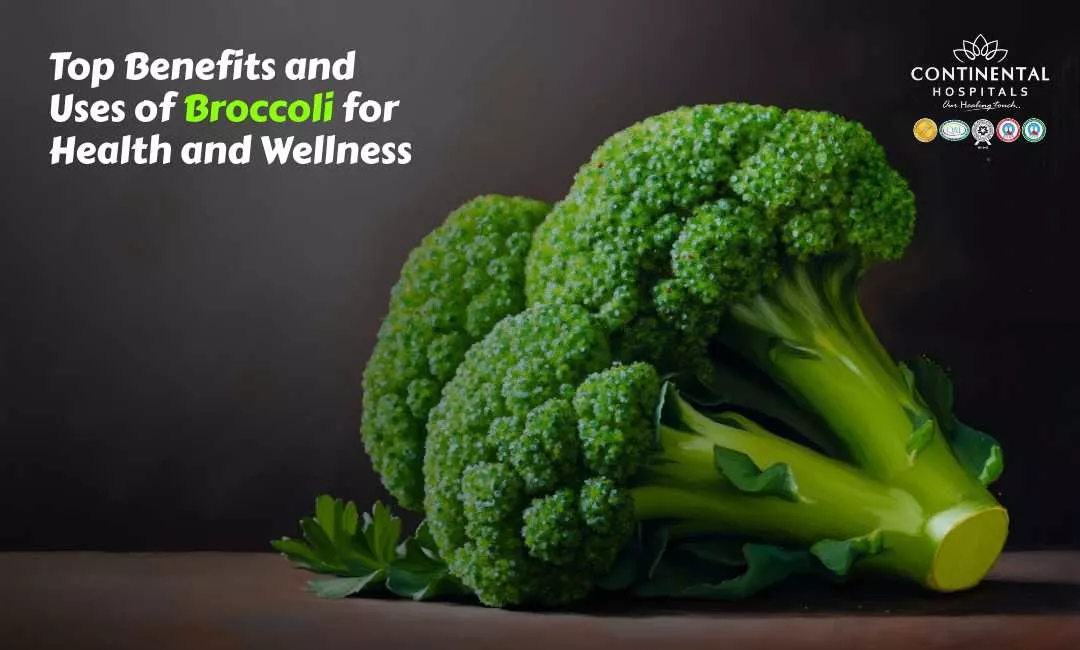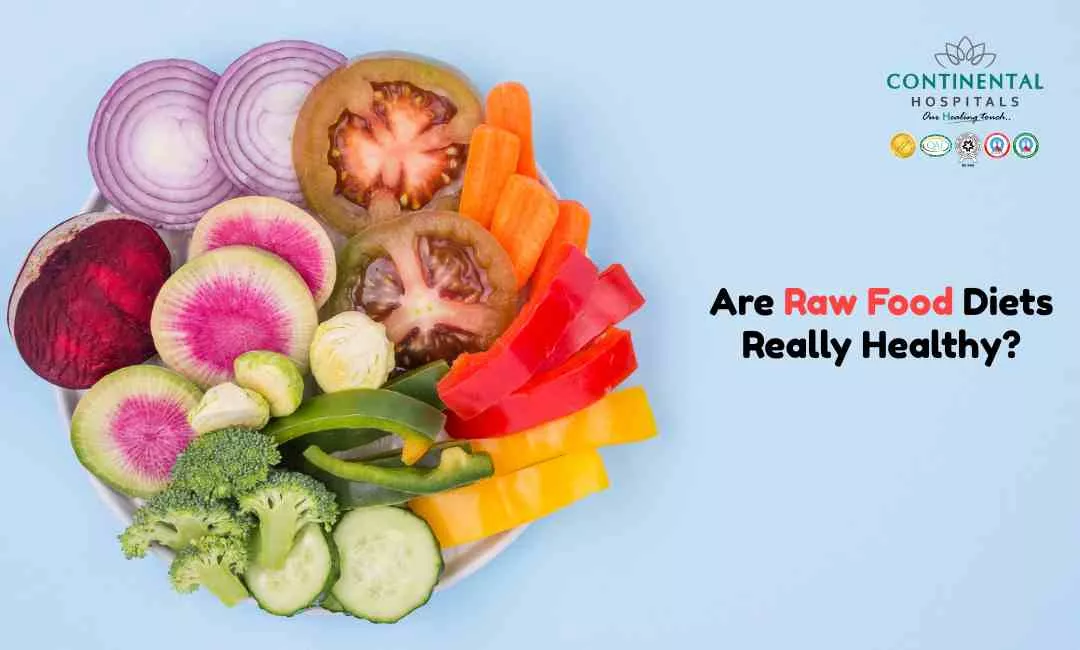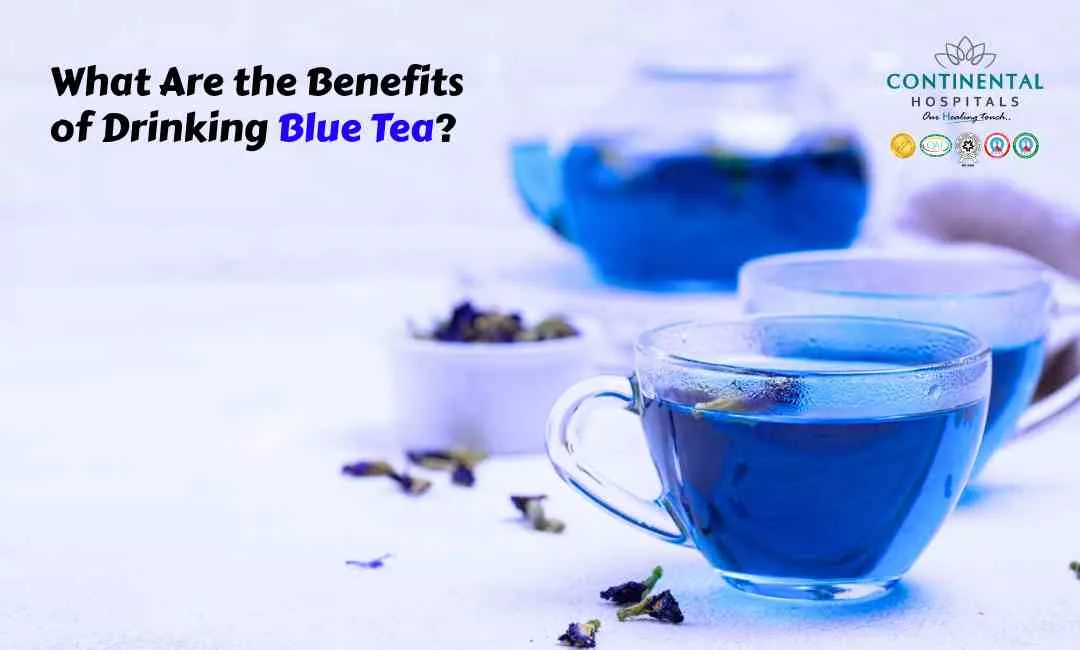One of the most significant concerns is the prevalence of added sugars in our diets. These sugars, which are added to foods during processing or preparation, can contribute to various health issues when consumed in excess. This article will guide you through the process of identifying added sugars in your food, helping you make more informed dietary choices.
Understanding Added Sugars
Added sugars are sugars and syrups that are added to foods or beverages during processing or preparation. They differ from naturally occurring sugars found in fruits, vegetables, and milk. The primary concern with added sugars is that they provide calories with little to no nutritional value, often referred to as "empty calories."
Common Types of Added Sugars
Added sugars come in many forms and are often disguised under various names on ingredient lists.
Some common types include:
- High Fructose Corn Syrup
- White Sugar
- Brown Sugar
- Corn Syrup
- Maple Syrup
- Honey
- Agave Nectar
- Dextrose
- Maltose
- Sucrose
Reading Nutrition Labels
The first step in identifying added sugars is to become familiar with reading nutrition labels. In many countries, food manufacturers are required to list the total sugar content on the nutrition facts panel. However, this number includes both naturally occurring and added sugars.
In the United States, the FDA has mandated that by 2021, nutrition labels must separately list added sugars. This makes it easier for consumers to identify the amount of added sugars in their food. Look for the line that says "Includes X g Added Sugars" under the total sugars on the nutrition facts panel.
Deciphering Ingredient Lists
When added sugars aren't explicitly listed on the nutrition label, the ingredient list becomes your next best tool. Ingredients are listed in descending order by weight, so if sugar or a sugar alternative appears near the top of the list, the product likely contains a significant amount of added sugar.
Be aware that sugar can be listed under many different names.
Some less obvious terms for added sugars include:
- Anything ending in "-ose" (e.g., fructose, glucose, maltose)
- Syrups (e.g., corn syrup, rice syrup, maple syrup)
- Fruit juice concentrates
- Molasses
- Cane juice or evaporated cane juice
- Barley malt
- Coconut sugar
- Palm sugar
The more familiar you become with these terms, the easier it will be to spot added sugars in your food.
Comparing Similar Products
Another effective strategy for identifying added sugars is to compare similar products. For instance, if you're shopping for yogurt, compare the sugar content of plain yogurt to flavored varieties. The difference in sugar content is likely due to added sugars in the flavored versions.
This comparison method can be applied to various food categories, including:
- Breakfast cereals
- Granola bars
- Pasta sauces
- Salad dressings
- Plant-based milk alternatives
By comparing products, you can make more informed choices and opt for items with less added sugar.
Be Wary of Health Claims
Products marketed as "healthy" or "natural" can still contain significant amounts of added sugars. Don't be fooled by claims like "no added sugar" or "sugar-free," as these products may still contain sugar alternatives or naturally derived sweeteners that can affect your body similarly to regular sugar.
Always check the nutrition label and ingredient list, regardless of the health claims on the front of the package.
Common Sources of Hidden Added Sugars
Some foods are obvious sources of added sugars, like sodas and candy. However, many seemingly healthy or savory foods can also contain surprising amounts of added sugars. Be particularly vigilant when consuming:
- Breakfast cereals and granola
- Flavored yogurts
- Protein bars and energy bars
- Pasta sauces
- Salad dressings
- Bread
- Canned soups
- Dried fruits
- Flavored coffees and teas
- Condiments like ketchup and barbecue sauce
Understanding Serving Sizes
When evaluating the sugar content of a food, always consider the serving size. Some products may seem low in sugar, but if the serving size is unrealistically small, you may be consuming more sugar than you realize.
For example, a cereal might list 5 grams of sugar per serving, but if the serving size is only 1/4 cup and you typically eat 1 cup, you're actually consuming 20 grams of sugar.
Impact of Added Sugars on Health
Excessive consumption of added sugars has been linked to various health issues, including:
- Weight gain and obesity
- Type 2 diabetes
- Heart disease
- Tooth decay
- Increased inflammation in the body
- Nutrient deficiencies (when sugary foods replace more nutritious options)
By being aware of the added sugars in your diet, you can make choices that support better overall health.
Practical Tips for Reducing Added Sugar Intake
Once you've become adept at identifying added sugars, you can take steps to reduce your intake:
- Choose whole, unprocessed foods more often
- Opt for unsweetened versions of products when available
- Use fruit to naturally sweeten foods instead of added sugars
- Gradually reduce the amount of sugar you add to foods and beverages
- Cook more meals at home, where you have control over the ingredients
- Be mindful of portion sizes, especially for sugary treats
Conclusion
Identifying added sugars in your food is a valuable skill that can significantly impact your health. By reading nutrition labels, understanding ingredient lists, comparing products, and being aware of common sources of hidden sugars, you can make more informed dietary choices. Remember, the goal isn't to eliminate all sugar from your diet, but rather to be conscious of your intake and make choices that align with your health goals. With practice, identifying added sugars will become second nature, empowering you to take control of your nutrition and overall well-being.
Consult with our best nutritionist or dietitian who can guide you on how to identify added sugars in your food and make healthier dietary choices.
Related Blog Articles:
.webp)














